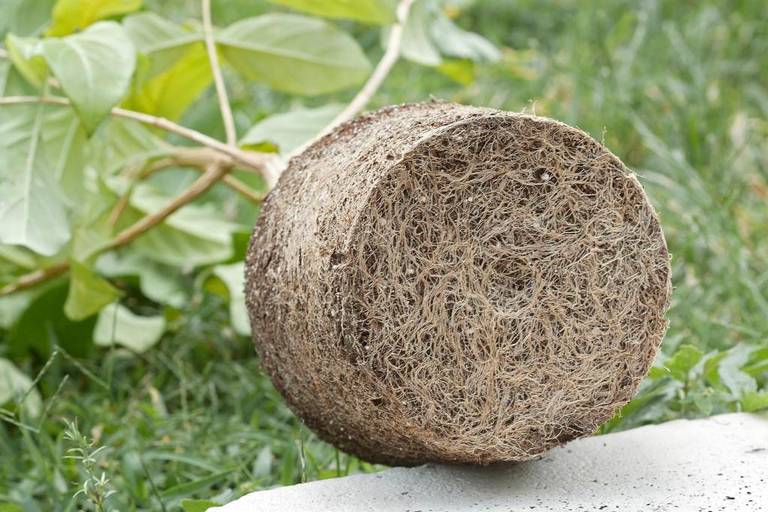Spring garden task: to repot or not
There are good reasons for repotting your plants about now, and only one of them is to give your fast growers a larger home. Take the time now, as plants are gearing up for a summer growth spurt.

Most often we repot, or pot up, to give potbound plants a bigger space. If you see roots growing from the bottom drainage holes, your plant is outgrowing its home. Sometimes they even encircle the top outer surface along the inside rim. Besides restricted growth, there’s another reason to avoid this: I once had a potted ponytail palm that was apparently ready to pot up. After a very heavy rain, the pot exploded from all the swelling the water caused. The plant survived.
Life in a pot is a microcosm. Everything is amplified, concentrated and intensified whether good or bad. For example, on a very hot and sunny day, plants in the ground can draw water from the earth, whereas potted plants make do with whatever’s held in their container. They can quickly overheat.
Potted plants also cool down quicker in windy, chilly conditions.
Drainage is also a big concern. Water can pool toward the bottom if the soil is clumpy and drainage holes are blocked, sounding the death knell for plants intolerant of wet feet — which is to say most of them.
This must be the most common form of houseplant homicide — overwatering, and I am guilty. On the other hand, many potted plants need to be watered more often than if they were in the ground since they can’t access groundwater.
Depending on your water supply, another reason to repot after a couple of years is mineral accumulation, aka soluble salts. This buildup can interfere with water absorption. If you see a whitish crusty buildup, remove the top quarter-inch of soil and flush by watering the plant with about four times the pot’s volume. Better though is to just repot with fresh soil.
Whether you fertilize or not, after a few years of watering, the soil will become depleted of nutrients and beneficial bugs. Don’t worry, by bugs I mean microbes that benefit your plant, like symbiotic bacteria. Replacing that requires a repotting with fresh soil.
Don’t throw out the old soil. Dumping it in the yard is fine, but composting it is even better. The heat of a compost destroys most pathogens, and soil, even if nutrient poor, will undoubtedly harbor some creatures helpful to the composting process.
Removing the plant from its home is simple enough, but it takes some finessing with overgrown root systems. Watering the day before helps the process. Cut any roots protruding from drainage holes. With a small plastic pot it should be possible to support the plant with one hand while turning it upside down. The plant may come right out. If not, tap it firmly on a hard surface and try again. Large, heavy pots can be laid on their sides while you cut around the inside of the rim with a trowel or small flat spade. Tough cases require cutting deeper around the edge to separate roots from the pot. Keep at it. Be firm, but don’t rip.
Now brush off excess soil from the roots and trim any dead roots. If roots encircle the plant, loosen them by hand. It’s fine to cut some that are badly entangled, or run a sharp blade down the sides of extremely bound roots.
Now time to repot. A safe bet is one pot size up, keeping in mind very large pots hold more water, so xerophytes like cacti won’t be happy in huge planters. Pour enough media so that the plant’s base reaches to about an inch below the rim, then fill in the sides. Gently rocking and tapping the pot helps settle the soil. Your choice of soil type and planter size depends a lot on your plant, but the planter styles are huge. You can use nearly anything appropriate, but avoid metals like copper that are toxic to some plants. Now just water thoroughly and enjoy!
This article was written by Kenneth Setzer and originally published on 4/23/16 in the Miami Herald. Minor changes from the print version of this article were introduced to improve readability in a digital format.
